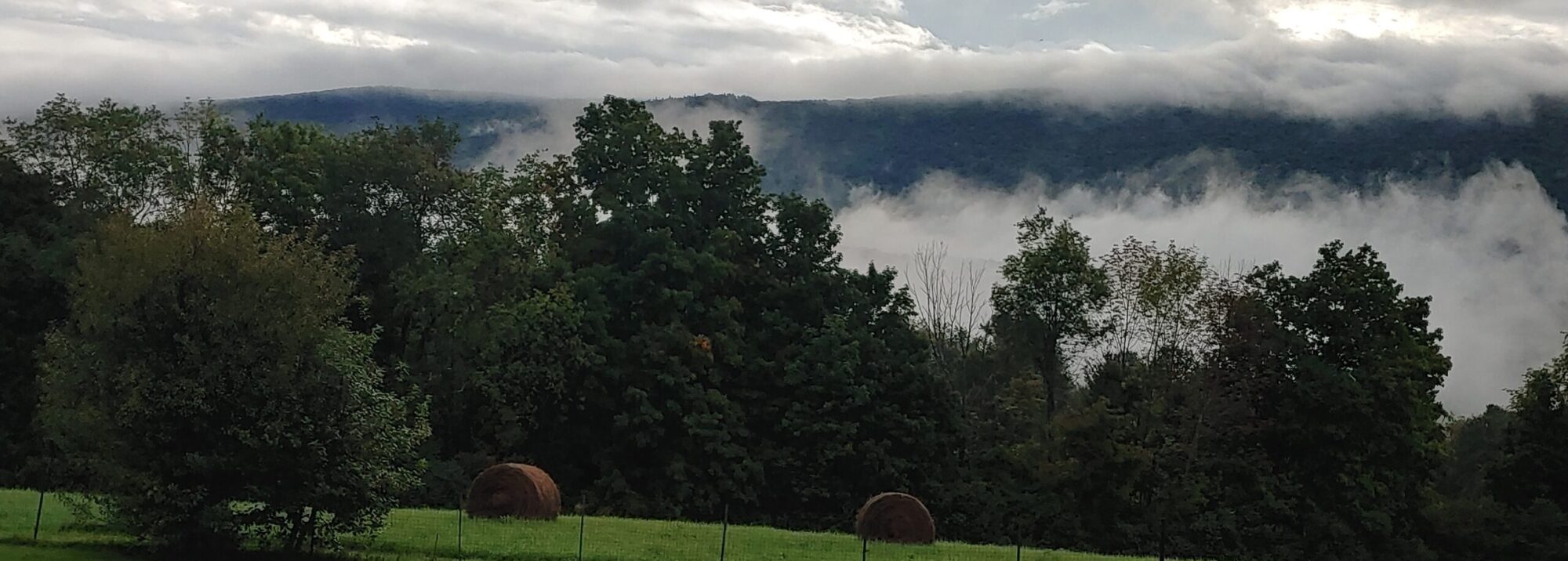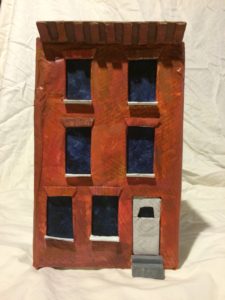It was a second floor apartment, circa 1950’s. The balcony was concrete with decorative cinderblock walls. A walk-through galley kitchen, a Pepto Bismal pink bathroom, large bedroom, and a living/dining space that made the best of its 650 square feet. It was the first home my husband and I shared. The first time we set foot in our new home, we found champagne on ice, a cooler full of smoked salmon and cheese, and a basket with crackers and chocolate mints. A vase of flowers sat on the cooler with a “Congratulations!” balloon attached – gifts of kindness from our friends, Tim and Joicy.
There were many meals together and many with friends in the four years we lived on Farber road. We had a cat to love and good neighbors below and on each side. It was where we welcomed our first son into the world.
A few years back, the seminary tore it down and replaced it with something more modern – WiFi enabled with energy star windows and a basement that doesn’t flood in the Spring. There are some nice extras in the new places, but that’s what they are: nice extras, not necessities.
Many people look back on their first apartments with sentimental fondness, but wouldn’t want to live in such a place again. I can’t say the same. If a time comes when I no longer need the extra square footage I have now, I’d be pleased to end up in a place like Apartment 7b. I’d have to lose some of the nice extras I’ve collected, but I doubt my life would be the poorer for it.
This is one in a series. Click “No Place Like Home(s)” above for more in the series.


 Picture by Jared Fredrickson
Picture by Jared Fredrickson



